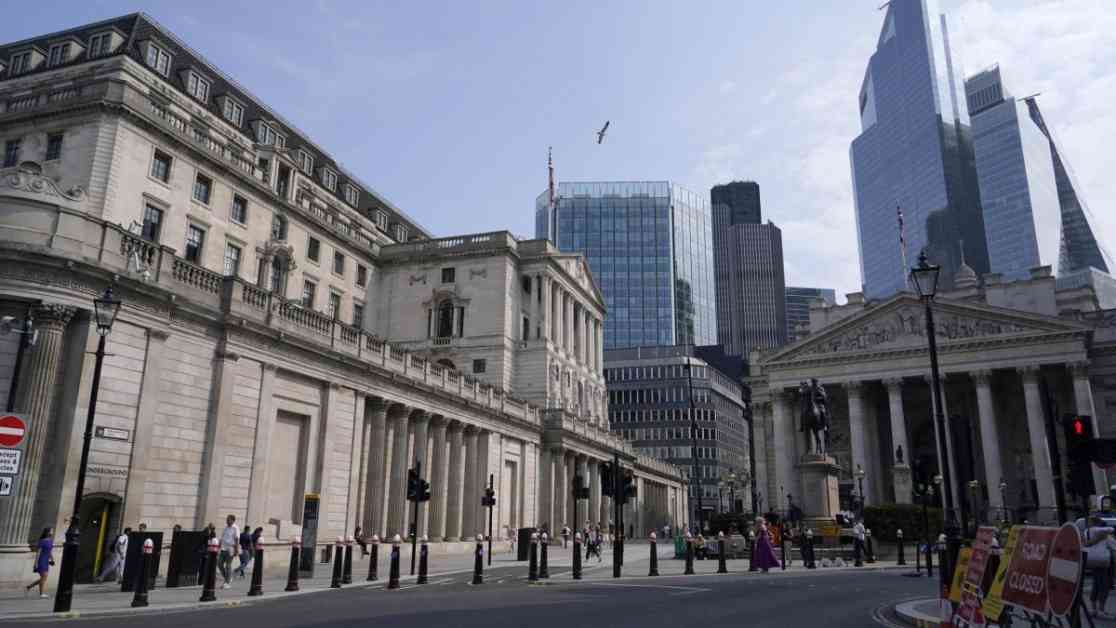The Bank of England’s decision to keep interest rates steady at 5 per cent has left many economists speculating on what the future holds for monetary policy in the UK. Inflation has remained above the Bank’s target level, prompting discussions of potential interest rate cuts in the coming months.
Market Expectations
Despite the anticipation of a rate cut, the Bank’s decision to hold rates came as no surprise to the financial markets. The majority vote in favor of maintaining the current rate was stronger than expected, with only one member of the Monetary Policy Committee advocating for a cut. This resounding decision suggests that any future rate cuts will require substantial evidence to sway the committee’s opinion.
The Bank’s accompanying notes highlighted a mixed outlook on inflation, with expectations for a gradual rise tempered by the need for “material developments” to justify any rate adjustments. This cautious approach indicates that any future cuts will be implemented slowly and methodically to avoid destabilizing the economy.
Potential Rate Cuts
Some economists have suggested that two more interest rate cuts could be on the horizon, possibly in the November and December meetings. While this scenario is not guaranteed, the possibility remains open as inflation data continues to be monitored in the coming weeks.
The recent decision by the US Federal Reserve to cut rates by 0.5 percentage points has raised questions about whether the Bank of England will follow suit. However, experts believe that a more gradual reduction in interest rates is likely in the UK, given the cautious approach taken by the Monetary Policy Committee.
Implications for the Economy
The prospect of further interest rate cuts has significant implications for the UK economy. Lower interest rates can stimulate borrowing and spending, boosting economic growth in the short term. However, prolonged low rates can also lead to asset bubbles and inflationary pressures, necessitating a delicate balance in monetary policy decisions.
Businesses and consumers alike will be closely watching any developments in interest rates, as changes can impact borrowing costs, investment decisions, and overall economic sentiment. A gradual reduction in rates may provide some stability and certainty for stakeholders, allowing for adjustments to be made gradually over time.
In conclusion, the Bank of England’s decision to maintain interest rates at current levels reflects a cautious approach to monetary policy in the face of uncertain economic conditions. While the possibility of future rate cuts remains on the table, any adjustments will be made gradually and in response to evolving economic data. Stakeholders should stay informed and prepared for potential changes in interest rates as the UK navigates its way through a challenging economic landscape.













